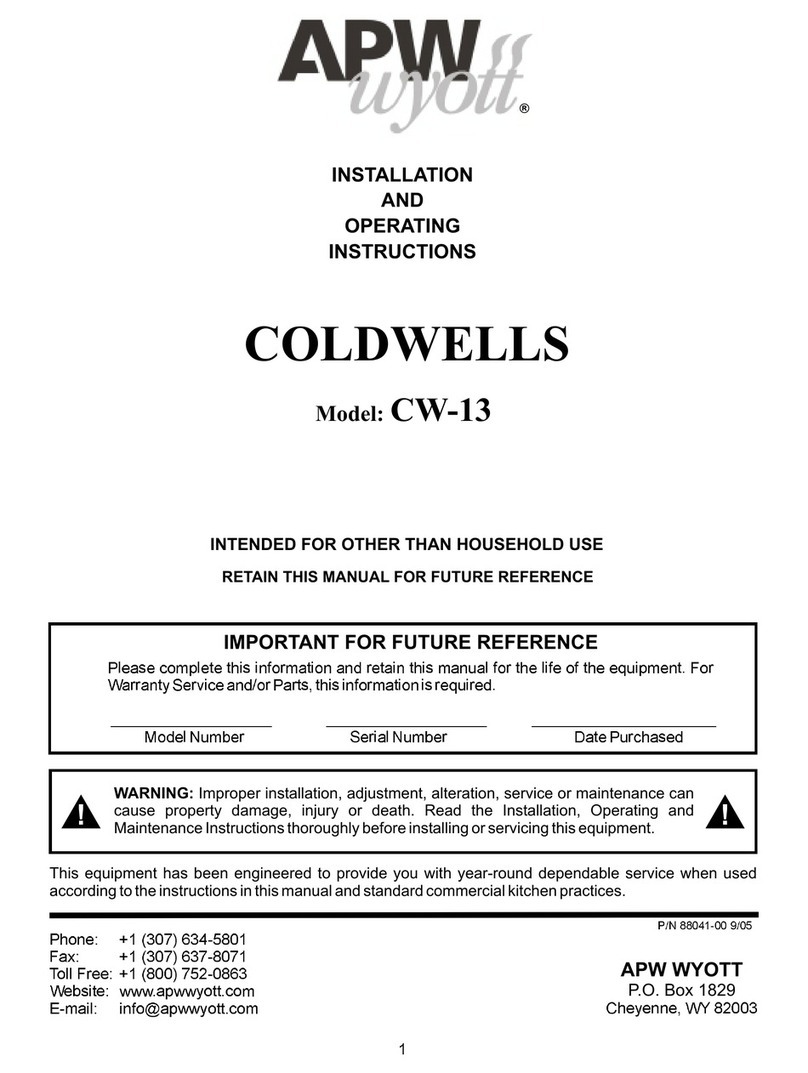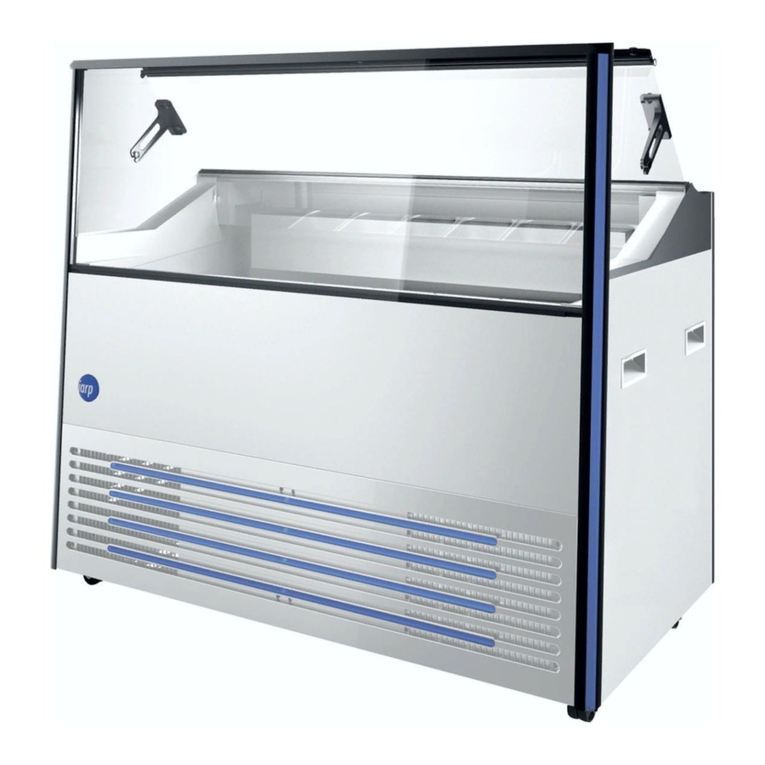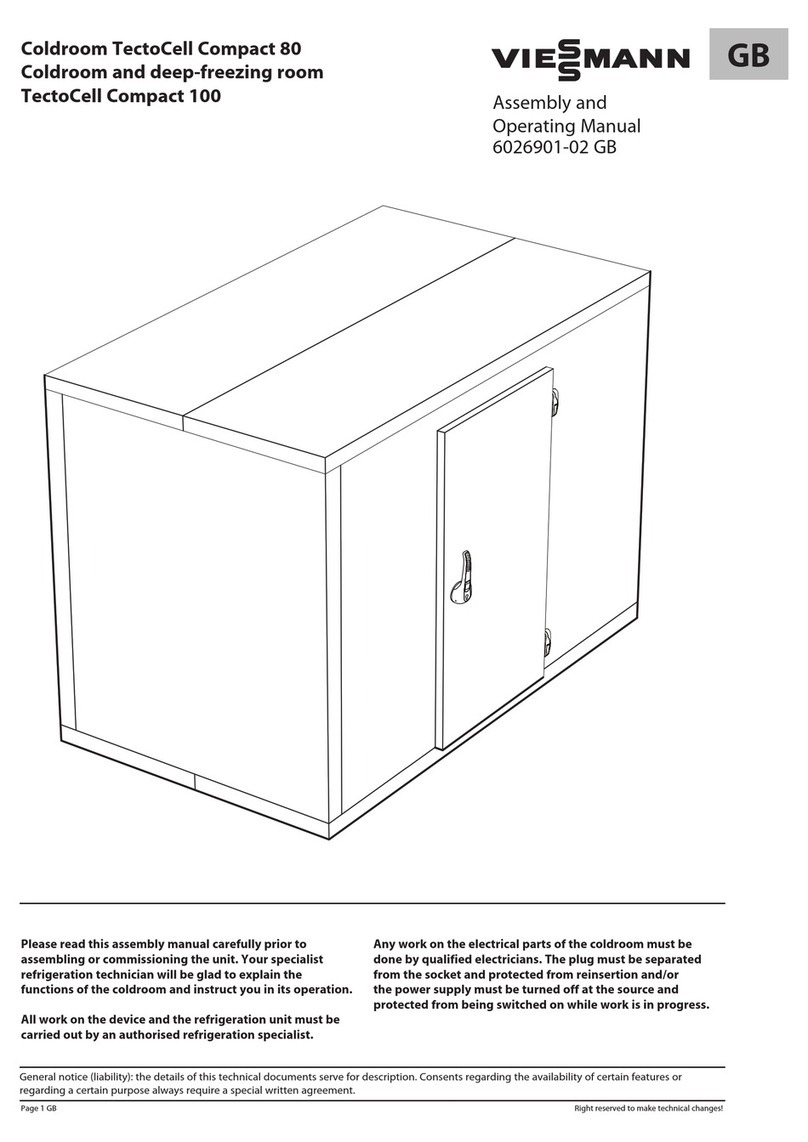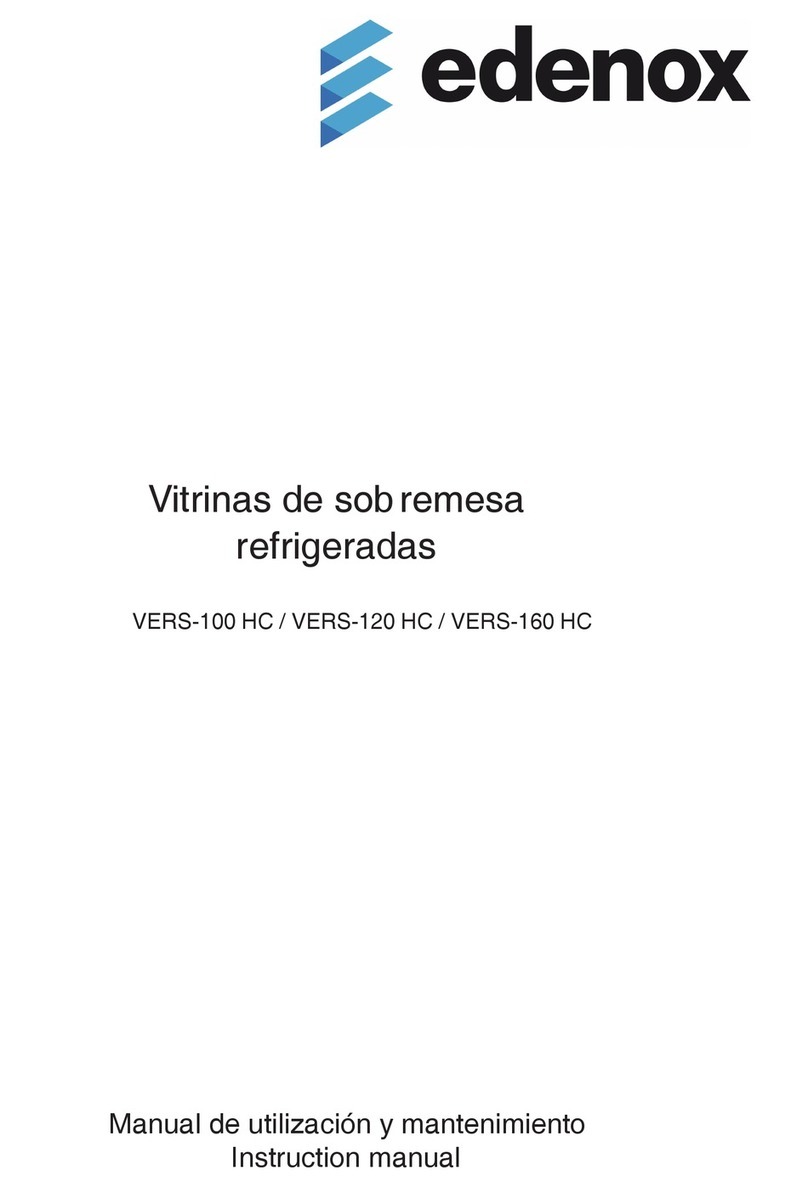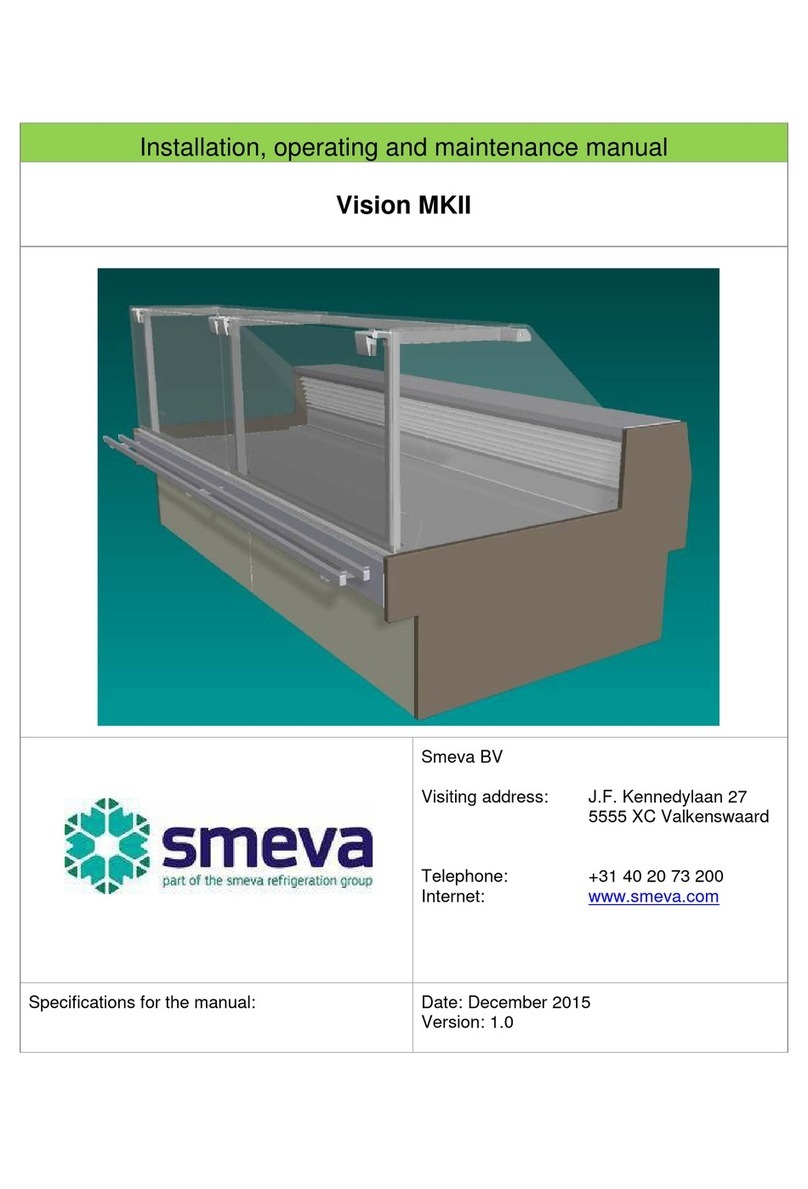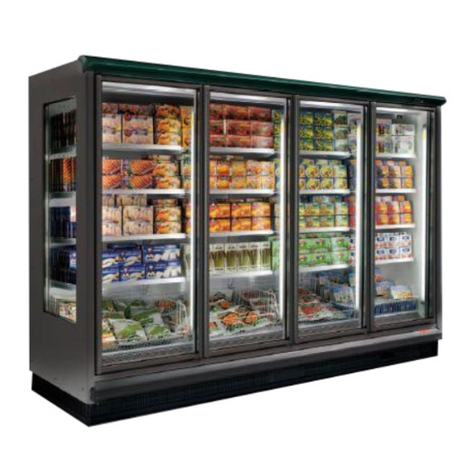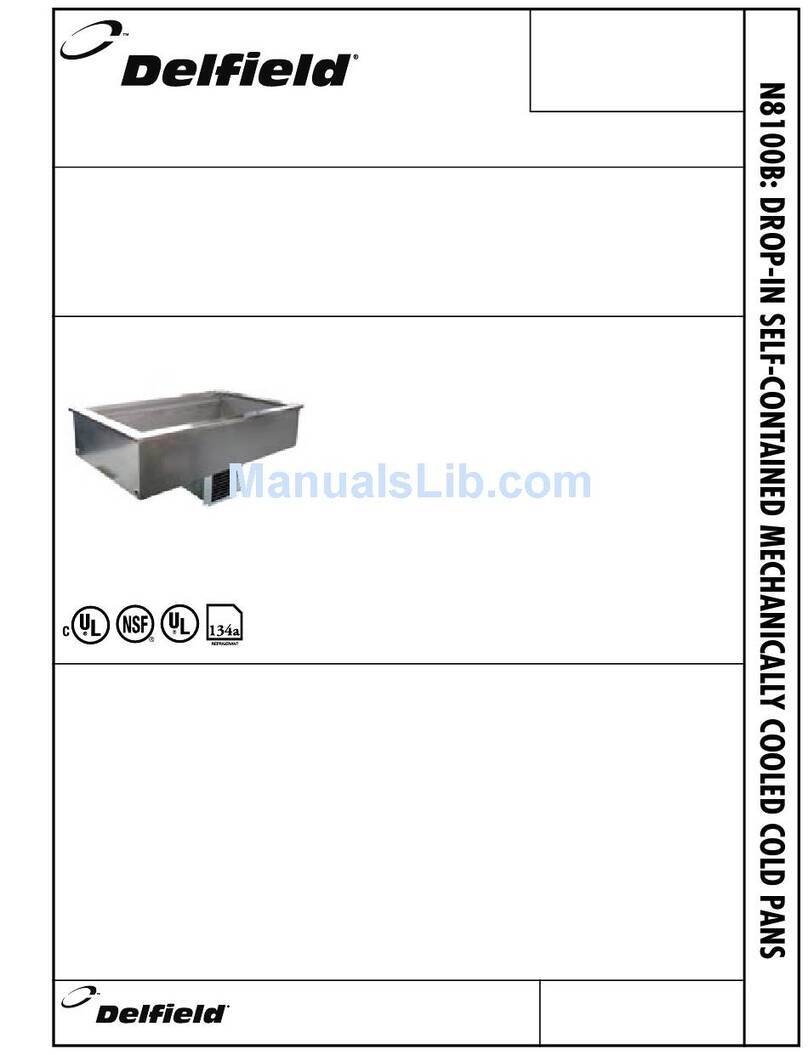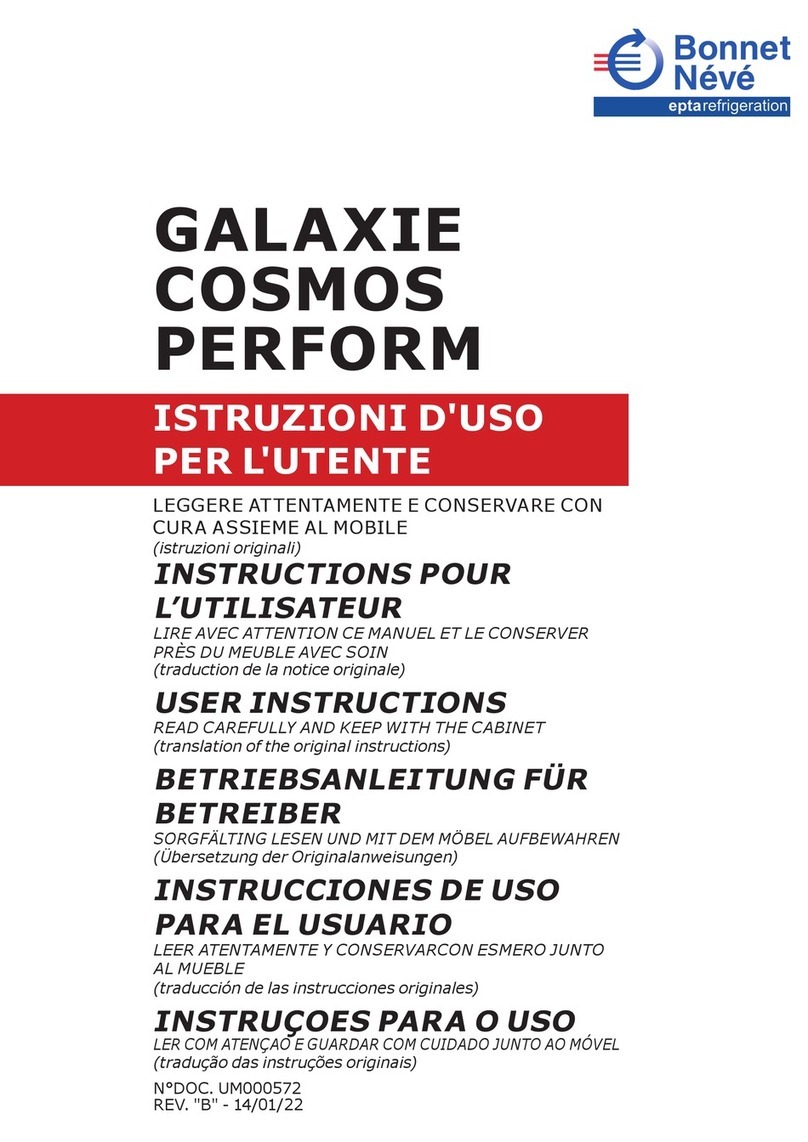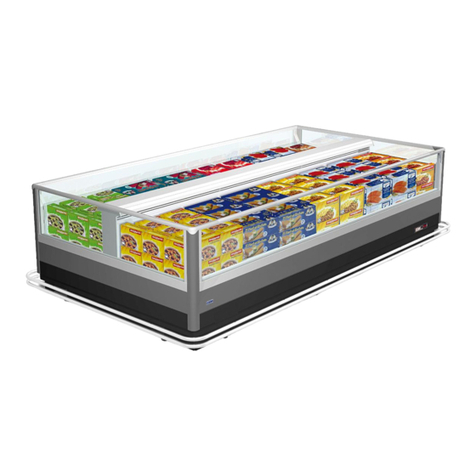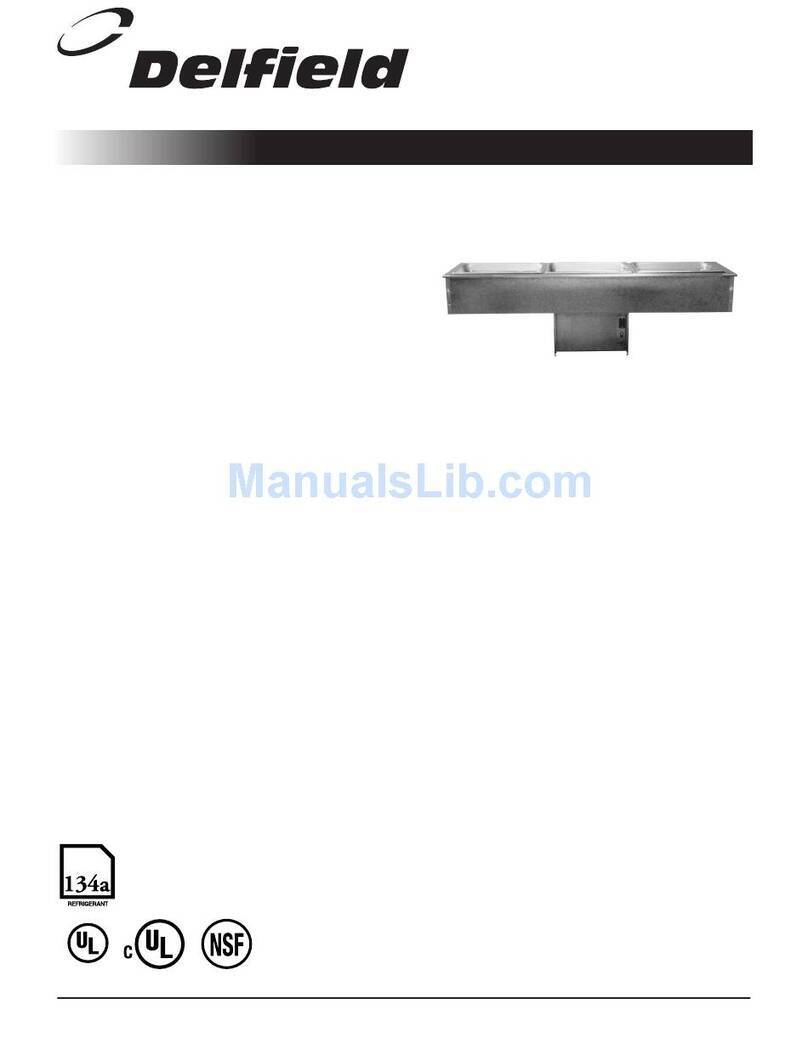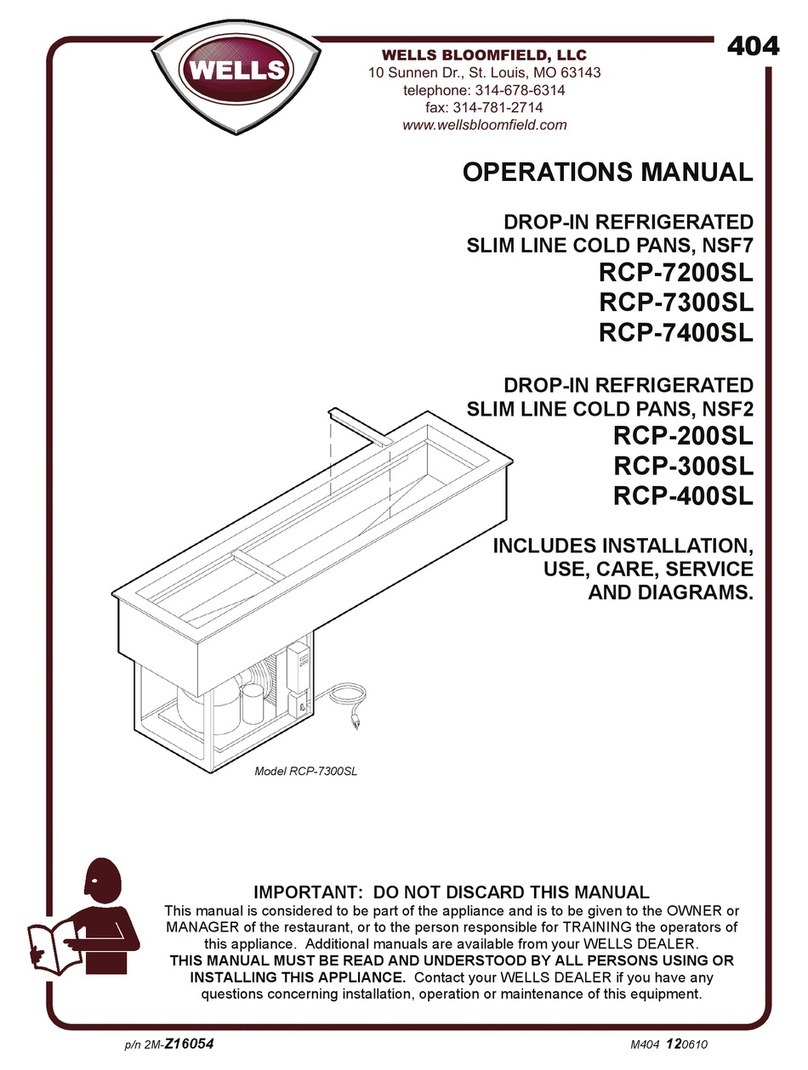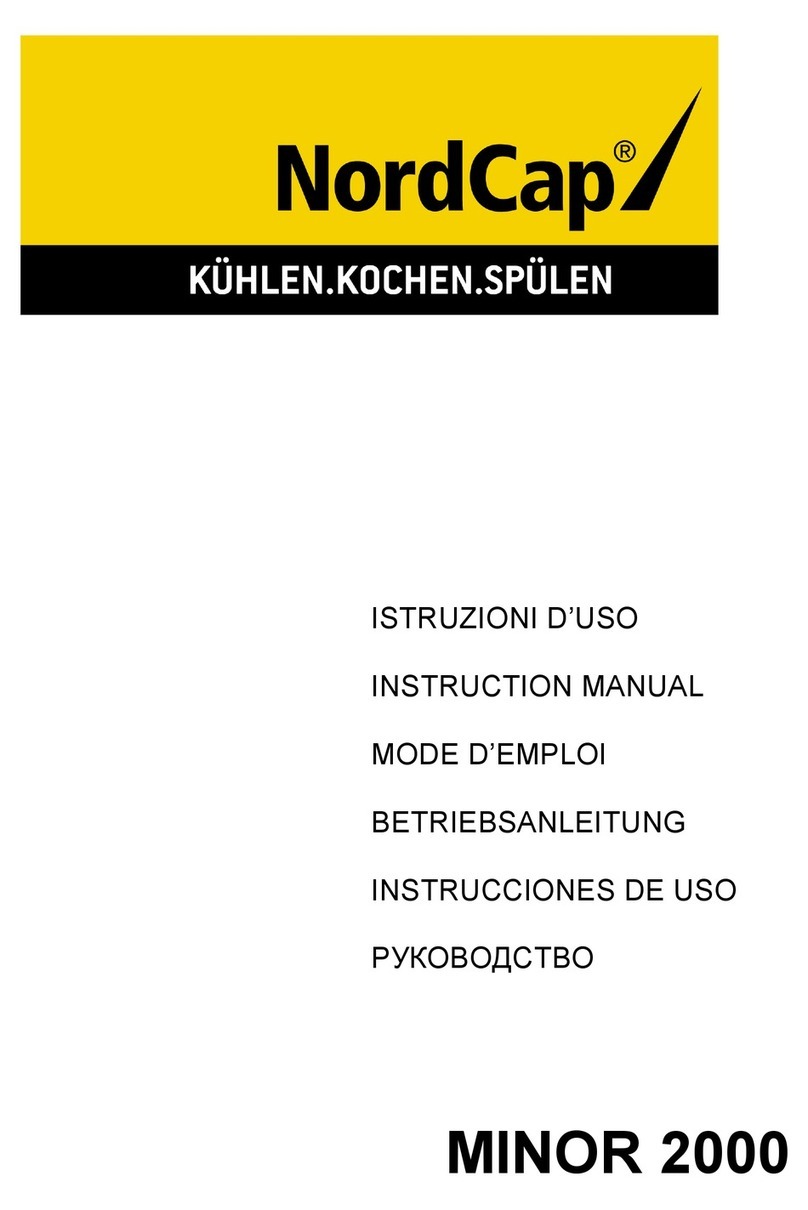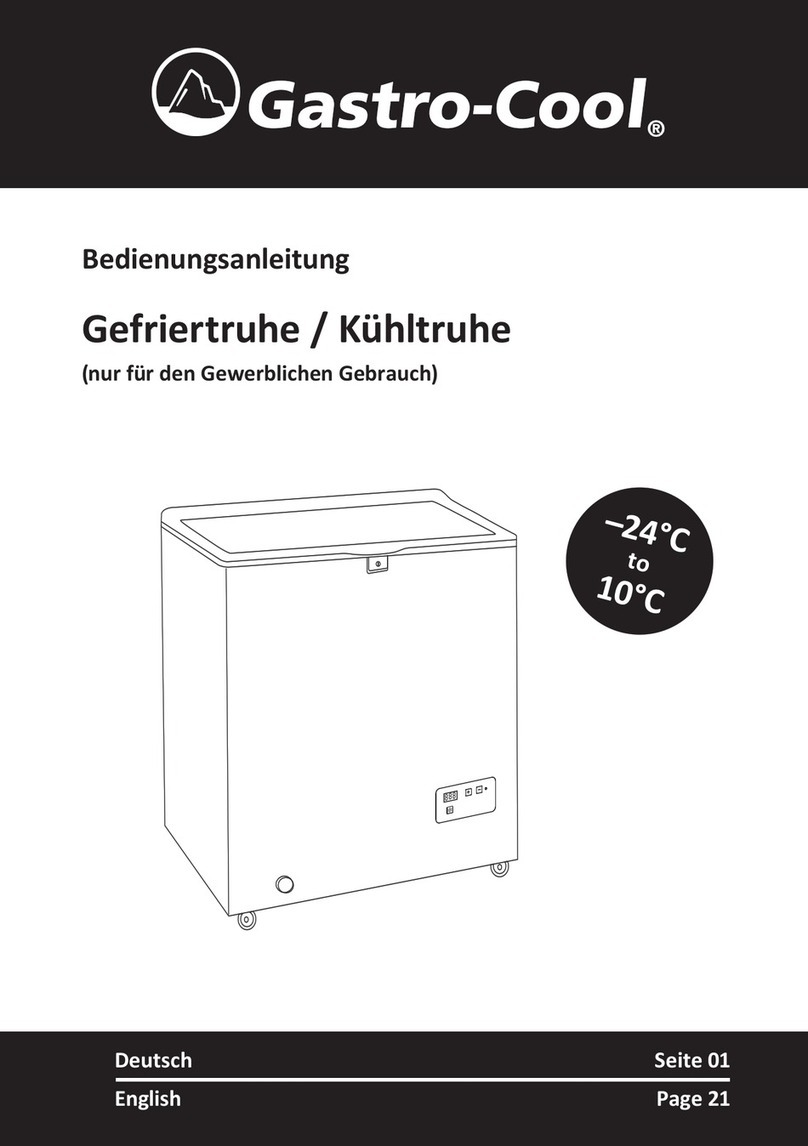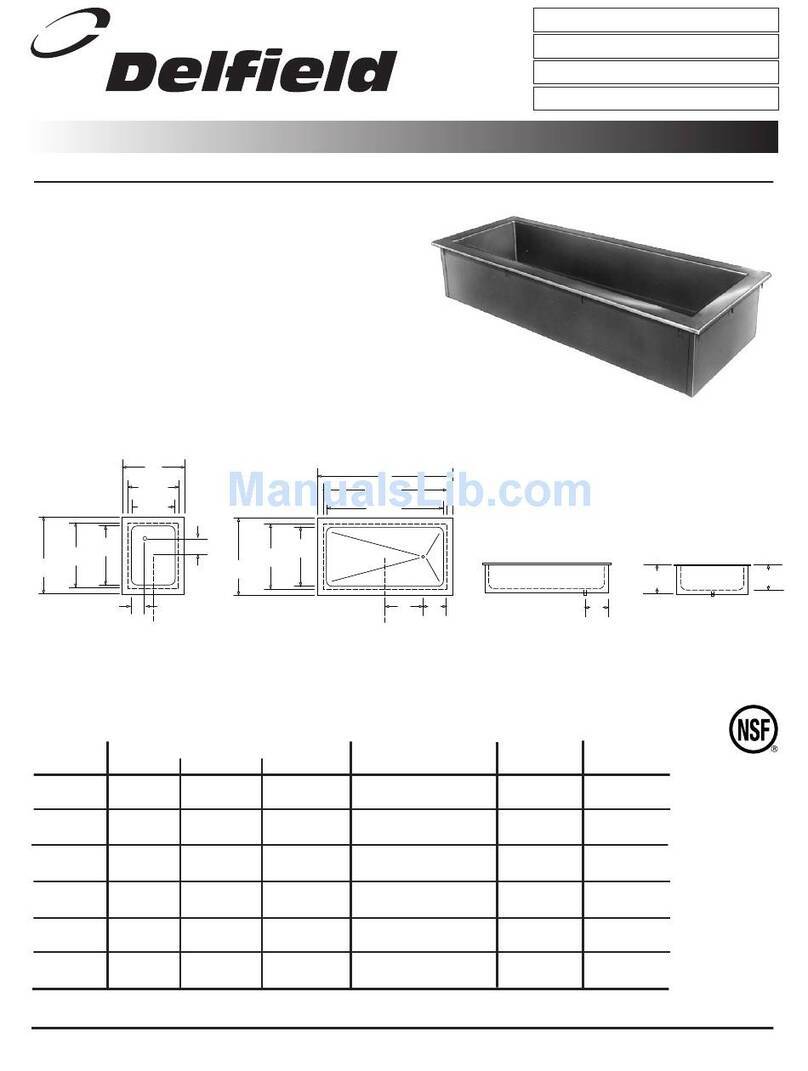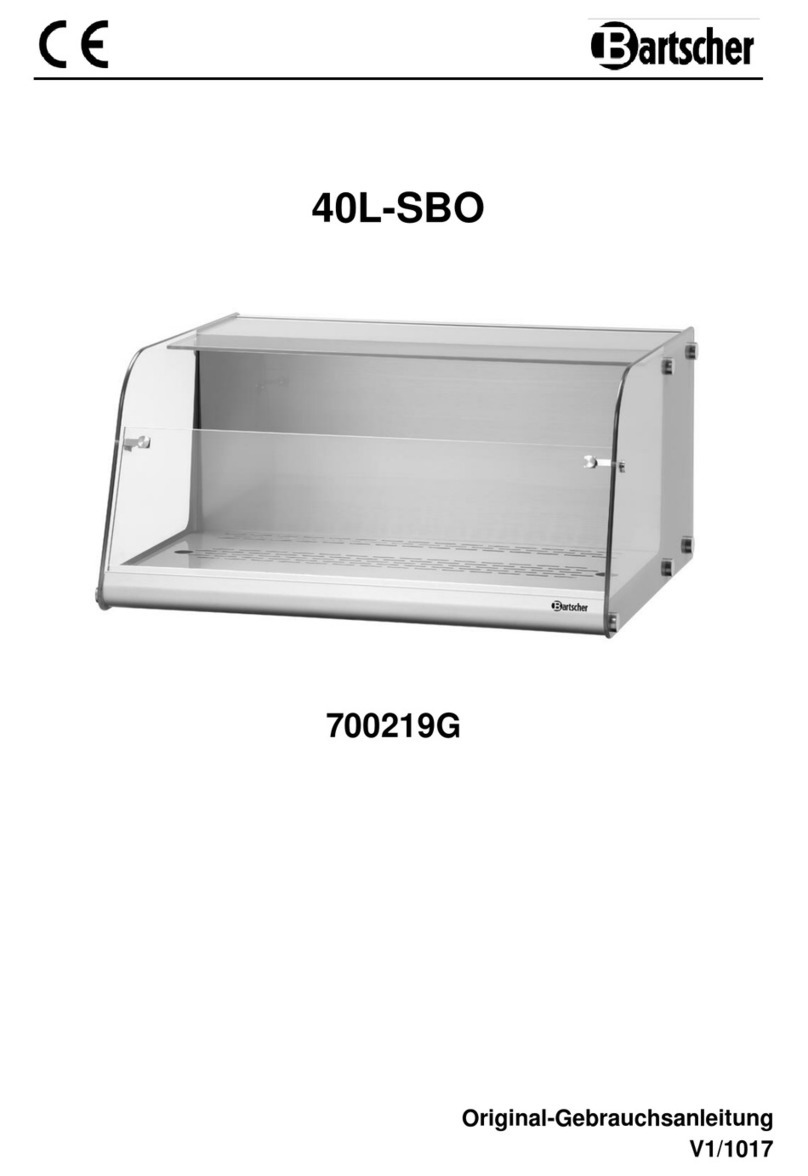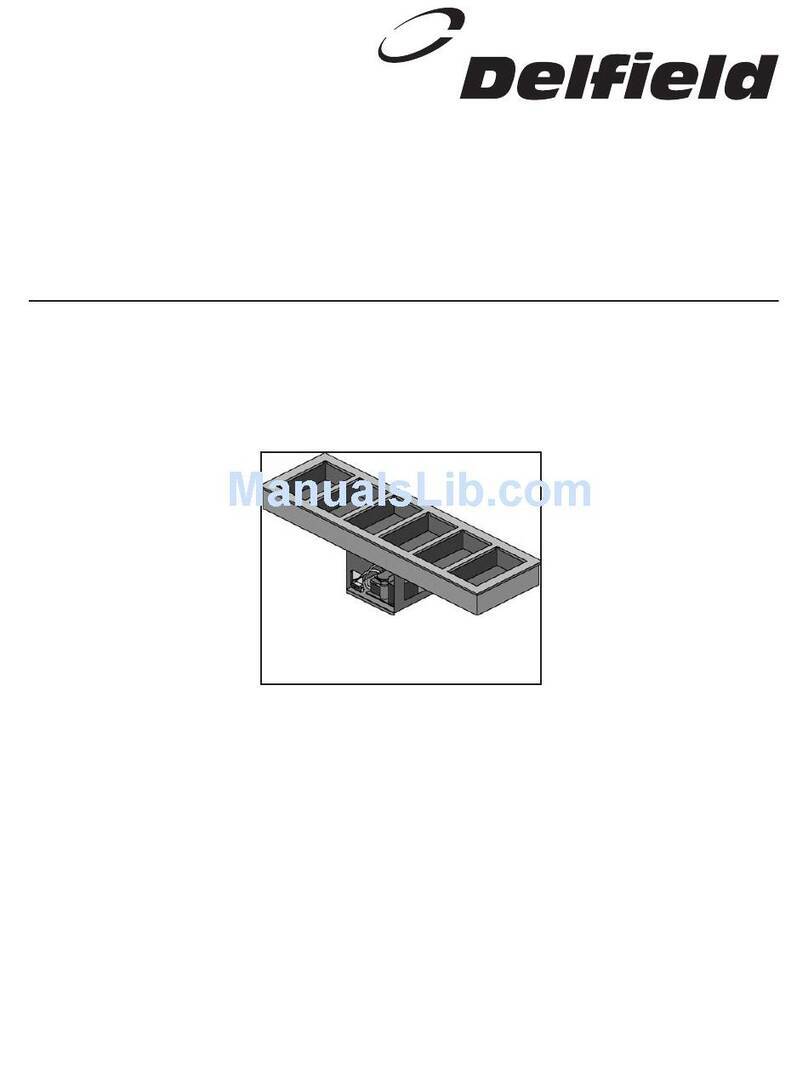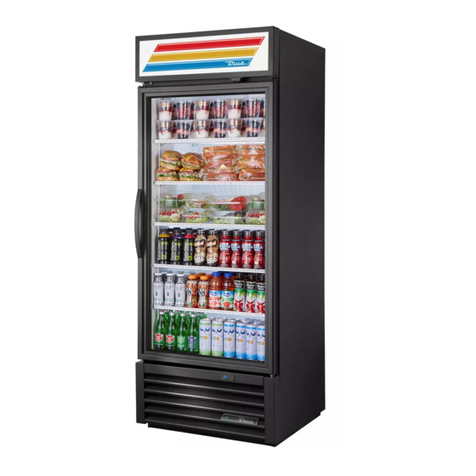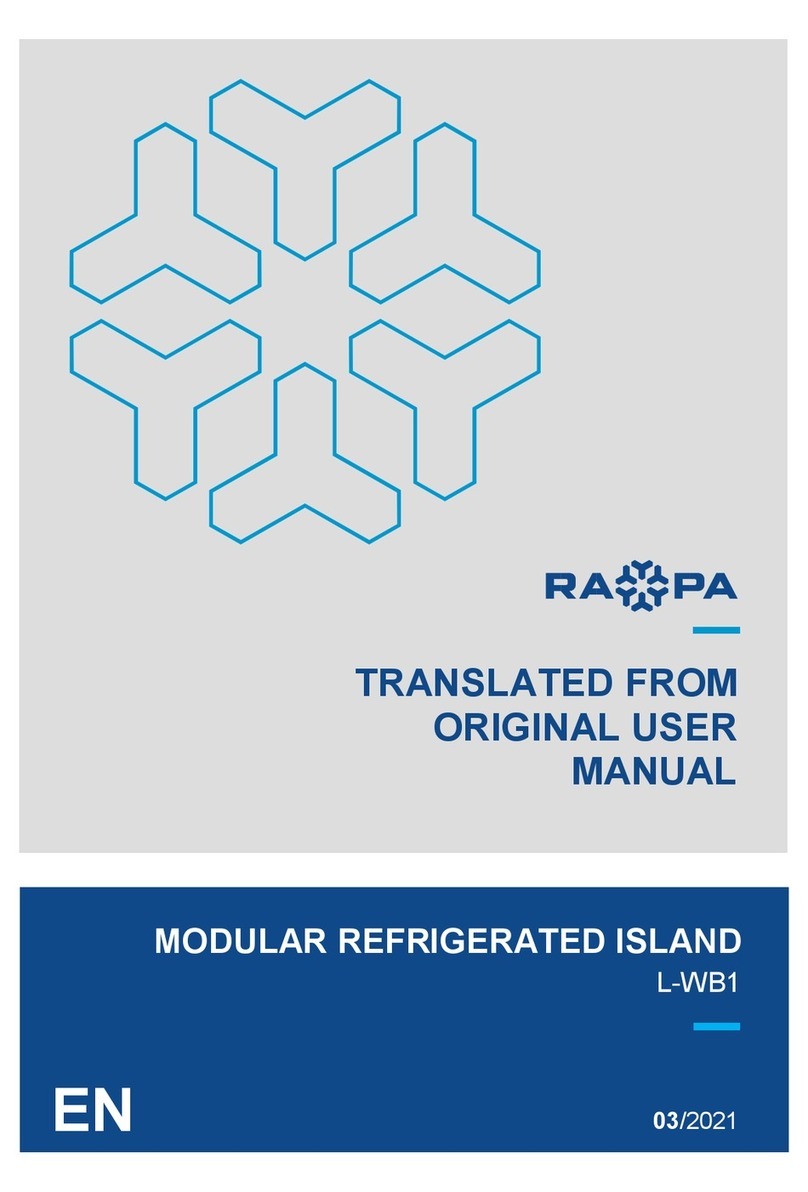
Athos 2
05060087 02 13/05/2010 7
Dati Tecnici, Technical Data, Technische Daten, Données techniques, Datos Técnicos,
Ɍɟɯɧɢɱɟɫɤɢɟ ɯɚɪɚɤɬɟɪɢɫɬɢɤɢ
Modello, Model, Modell, Modele, Modelo,Ɇɨɞɟɥɶ VCB
Codice, Code, Kode nr., Code, Código, Ʉɨɞ 06214802 06214804 06214806 06214808 06214809
Lunghezza senza spalle, Length without ends, Länge ohne Seiten,
Longeur sans joues, Longitud sin laterales, Ⱦɥɢɧɚɛɟɡɛɨɤɨɜɢɧ
mm
1250 1875 2500 3125 3750
Temp. di esercizio, Working temperature, Betriebstemperatur,
Temp. de fonctionnement, Temperatura de trabajo, Ɋɚɛɨɱɚɹɬɟɦɩɟɪɚɬɭɪɚ
°C
+ 2°C / + 4°C
Temperature ammissibili, Allowed temperature, Zulässige Temperaturen
Températures admissibles, Temperaturas admitidas, Ⱦɨɩɭɫɬɢɦɵɟɬɟɦɩɟɪɚɬɭɪɵ-(Ts) 97/23 CE -
°C
Max + 32°C / Min - 10°C
Area espositiva aperta, Open display surface, Sichtbare Ausstellefläche , Surface d’exposition ouverte, Area
expositiva abierta, Ɉɬɤɪɵɬɨɟɗɤɫɩɨɡɢɰɢɨɧɧɨɟɉɪɨɫɬɪɚɧɫɬɜɨ
m
20,83 1,25 1,66 2,08 2,49
Superficie di esposizione orizzontale, Horizontal display surface, Gesamte Ausstellefläche, Surface d ’exposition
horizontale , Superficie de exposición de apoyo, Ƚɨɪɢɡɨɧɬɚɥɶɧɚɹɩɥɨɳɚɞɶɷɤɫɩɨɡɢɰɢɢ
m
21,26 1,89 2,52 3,14 3,77
Volume netto, Net volume, Netto inhalt, Volume net, Volumen neto,
ɑɢɫɬɵɣɜɟɫ
dm
3153 230 307 383 460
Potenza frigorifera, Refrigeration Power, Kühlleistung, Puissance frigorifique Potencia frigorígena, ɏɨɥɨɞɢɥɶɧɚɹ
ɦɨɳɧɨɫɬɶ
+2°C/+4°C
W
450 675 900 1125 1350
Refrigerante, Refrigerant, Kühlmittel, Réfrigérant, Refrigerante, ɏɥɚɞɚɝɟɧɬ R404A
Massima pressione ammissibile, Max allowed pressure, Maximal zulässiger Druck, Pression maximale
admissible, Máxima presión admitida, Ɇɚɤɫɢɦɚɥɶɧɨɞɨɩɭɫɬɢɦɨɟ Ⱦɚɜɥɟɧɢɟ-(Ps) 97/23 CE -
bar
29 bar
Valvola espansione, Expansion Valve, Expansion-Ventil, Valve d’expansion, Válvula de expansión,
Ɋɚɫɲɢɪɢɬɟɥɶɧɵɣɤɥɚɩɚɧ TES 2-0,11 TES 2-0,21 TES 2-0,45 TES 2-0,6 TES 2-0,6
Ventilatori, Fans, Gebläse, Ventilateurs, Ventiladores, ȼɟɧɬɢɥɹɬɨɪɵ
n° x W
2 x 16 4 x 16 4 x 16 5 x 16 6 x 16
Cavi caldi anticondensa, Anti-condensation hot cables, Kondenswasserschutzwarmkabel, Câble chauffant
anti-condensation, Resistencias anticongelamiento, ɇɚɝɪɟɜɚɬɟɥɶɧɵɟɤɚɛɟɥɢɩɪɞɨɬɜɪɚɳɚɸɳɢɟɨɛɪɚɡɨɜɚɧɢɟ
ɤɨɧɞɟɧɫɚɬɚ
W
58,4 88,4 117,6 147,7 177,6
*Resistenza di sbrinamento, Defrost heater, Abtauwiderstand,Resistance de dégivrage,Resistencias de
descongelation, Ɇɨɳɧɨɫɬɶɨɬɬɚɢɜɚɧɢɹ
W
460 690 920 1150 1400
Tipo di sbrinamento, Defrosting type, Abtautyp, Type de dégivrage, Tipo descongelation, Ɍɢɩɨɬɬɚɢɜɚɧɢɹ
Naturale, Off-cycle, Zeitabtauung, Dégivrage naturel, Parada simple,ɉɪɨɫɬɚɹɨɫɬɚɧɨɜɤɚ
Sbrinamenti consigliati, Recommended Defrosting, Empfohlene Abtauungen, Dégivrages conseillés,
Descongelaciones aconsejadas, Ɋɟɤɨɦɟɧɞɭɟɦɵɟɨɬɬɚɢɜɚɧɢɹ
n°/24h 4 x 45min.
Livello di rumorosità , Noise level, Schallpegel, Niveau de bruit, Nivel de ruido, ɍɪɨɜɟɧɶɲɭɦɚ
db (A)
< 60
Contenuto modificabile senza preavviso, Content that could be change without notice, Inhalt Veränderbar ohne Vorankündigung, Contenu modifiable sans préavis, Contenido modificable sin previo aviso, ɋɨɞɟɪɠɚɧɢɟɢɡɦɟɧɹɟɬɫɹɛɟɡɩɪɟɞɭɩɪɟɠɞɟɧɢɹ
*- OPTIONAL - Potenze elettriche totali assorbite, riferite alla tensione di alimentazione 230 V / 50 Hz, Total electric power absorbed referred to 230 V / 50 Hz electric input, Puissances électriques totales absorbées, en référence à la tension d’alimentation
230 V / 50 Hz, Potencias eléctricas absorbidas relativas a la tensión de alimentación 230 V / 50 Hz, Ɉɛɳɚɹɩɨɬɪɟɛɥɹɟɦɚɹɦɨɳɧɨɫɬɶɩɪɢɧɚɩɪɹɠɟɧɢɢɷɥɟɤɬɪɢɱɟɫɤɨɣɫɟɬɢ9+]
1. Dati tecnici
2. Technical data
3. Technische Daten
4. Données techniques
5. Datos Técnicos
6. Òåõíè÷åñêèå õàðàêòåðèñòèêè
